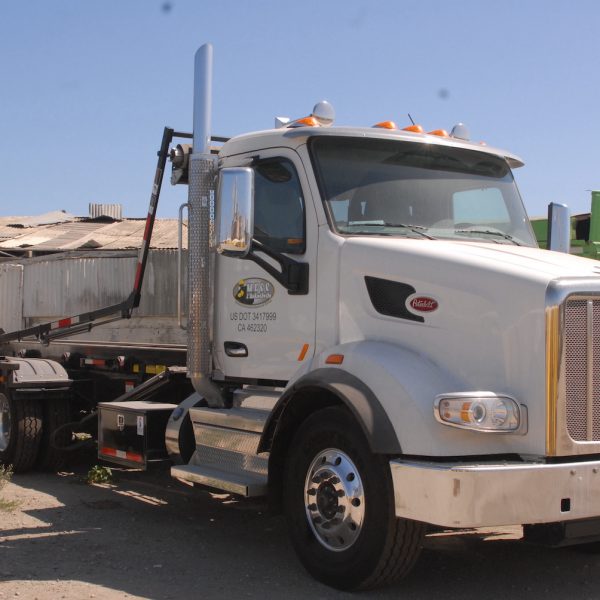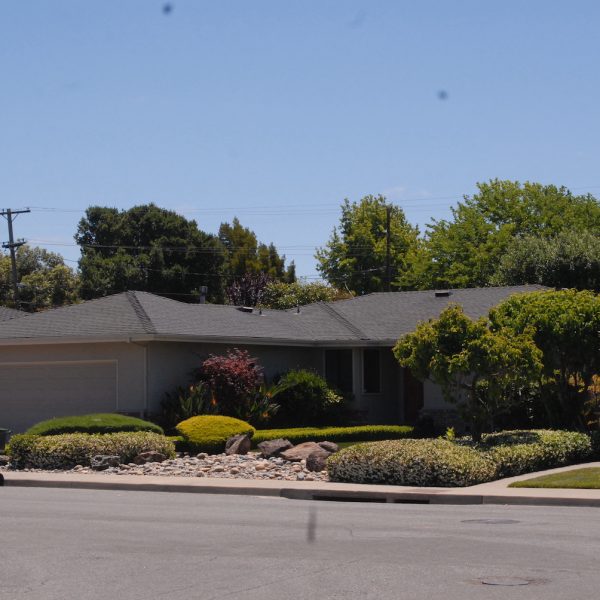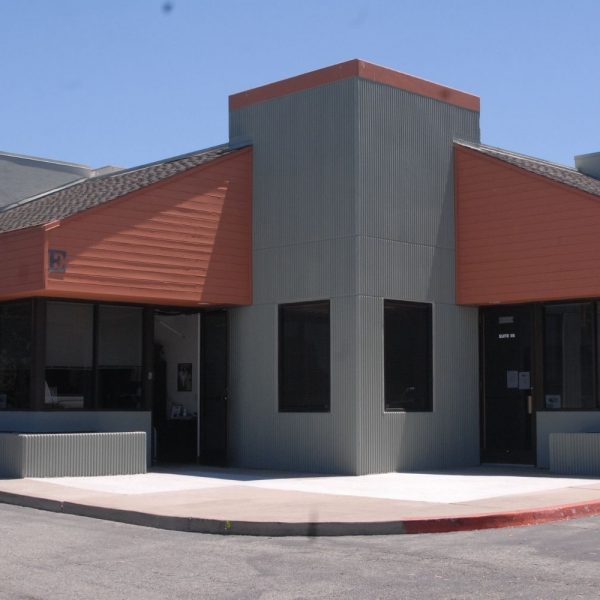Contact Us Today!
Speak With an Expert
(831) 333-6431
We would love to hear from you. Please fill out the form below and we will get in touch with you as quickly as we can.
Frequently Asked Questions
But often, our lack of knowledge about how to assess and handle them makes them more costly and dangerous.
Asbestos in particular, is surrounded by a tremendous amount of misinformation on the internet or through word of mouth. Asbestos and lead are regulated by a variety of agencies like the EPA, OSHA, and local air quality or air pollution districts. Different laws come int play with residential and commercial properties.
Hazardous material is different in nearly every situation. MESS typically will give free estimates, and can always answer your questions on the phone.
General Questions

Mildew refers to certain kinds of mold or fungus. The term mildew is often used generically to refer to mold growth, usually with a flat growth habit. Molds include all species of microscopic fungi that grow in the form of multicellular filaments, called hyphae. Molds can thrive on any organic matter, including clothing, leather, paper, and the ceilings, walls and floors of homes with moisture management problems. Mildew often lives on shower walls, windowsills, and other places where moisture levels are high. There are many species of molds. In unaired places, such as basements, they can produce a strong musty odor.
Currently, there are limited regulations regarding mold and moisture in California. The California housing code lists both mold and dampness as conditions of substandard housing that the owner must remediate if cited by a code enforcer. Regulations on moisture and mold in the workplace are enforced by Cal/OSHA.
The following areas are not currently regulated
Science-based exposure limits for indoor molds cannot be established at this time, and none exist in California.
Demolition debris will not be stored long-term on the site. All debris will be hauled-off the site as soon as possible. Hazardous waste will be taken to an approved hazardous waste site. General construction debris will be taken to a waste management site. Recyclables will be taken to a recycle center as deemed necessary.
Residential/Commerical
The short answer is: you can’t. Asbestos fibers are microscopic, they can only be seen under powerful microscopes. While certain material in homes in more likely than others to contain asbestos, without a microscope you can only speculate. If you have reason to suspect asbestos in your home, you should consider hiring a professional testing service to have your home assessed. While many families try and save money with home testing kits, they are a poor indicator for a few reasons. Professional inspectors will take multiple samples of material. Often a single sample may not contain asbestos, but another one will. You should also consider the likelihood that if one material in your home contains asbestos, other materials may as well.
Common asbestos containing material (ACM) in homes are spray on acoustic ceilings (aka popcorn ceilings) vinyl floor tile, linoleum, joint compound in drywall, paper wrapping on pipes or HVAC ducts, or thermal insulation. Homes built prior to the 1980’s may have even more ACM material in them.
Asbestos is considered hazardous waste by the Environmental Protection Agency (EPA). It is illegal to dispose of hazardous waste at a regular landfill and it’s certainly illegal to put it in your trash can. It must be taken to a special hazardous waste facility. Additionally, transporting asbestos is highly regulated. You must have a commercial driver’s license, a hazardous waste endorsement, and a properly placarded vehicle. Essentially, homeowners should never transport or dispose of their own hazardous material.


No. Asbestos is hazardous waste and highly regulated. In order to remove asbestos, you must have a special contractors license and be licensed with the Department of Occupational Safety and Health (DOSH). Additionally, any worker who handles asbestos must complete state approved training programs.
Cal OSHA and Cal EPA can lay heavy fines on employers who handle asbestos illegally and/or direct workers to handle asbestos without proper training and equipment. Call an expert.
Yes. Most testing companies use a method known as “bulk sampling” to take initial asbestos tests. Bulk sampling (also known as PLM sampling) is limited in that it cannot detect asbestos in amounts smaller than 1%. In these cases, testing results will show “<1%” to indicate that asbestos is present but in small amounts.
However, OSHA still considers <1% hazardous, meaning it must be handled by certified asbestos workers using the correct means and methods.
In most cases, you only need to remove material that you will be disturbing during the project. This is why it’s helpful to outline the scope of the project to your abatement bidders so that we can give you the most accurate quote.
If you do not have a survey for your commercial project, you must treat all material as hazardous. Contractors should have a survey to provide to their abatement bidders, but that’s not enough. Contractors need to specify what material they want removed in the project.

Speak With an Expert
We would love to hear from you. Please fill out the form below and we will get in touch with you as quickly as we can.